Sustainably Managing Reservoir Storage: Ancient Roots of a Modern Challenge
Abstract
:1. Introduction
2. Accounting for Sediment in Dam and Reservoir Design
3. Water Supply Technologies in the Past
3.1. Water and Storage Intensification in the Mediterranean and West Eurasia
3.2. Toward a Taxonomy of Ancient Water Reservoirs
- Wells and “qanats” used for groundwater storage and supply
- Terraces and diversion dams used in floodwater and high precipitation event water harvesting and redirection
- Reservoirs and impoundment dams used for surface water storage and supply
- Canal systems used to redirect and supply existing water capacities
3.3. Water Supply Systems in the Wider Mediterranean and West Eurasia
4. Conclusions and Future Directions
“Dams have traditionally been designed under the ‘design life’ paradigm, which entails estimation of the sedimentation rate and trap efficiency, and provision of a sediment storage pool volume equivalent to the design life (typically 50 or 100 years). Under this paradigm, consequences beyond the design life are not addressed, leading to decommissioning. In many regions, however, new reservoirs are both costly and difficult to construct because the best (least costly) dam sites have already been used, and because there is intense resistance to the flooding of additional lands due to competing land uses and social and environmental concerns. The cost of dam decommissioning may also be very high.”
Acknowledgments
Author Contributions
Conflicts of Interest
References
- Hick, D.; Gomez, B. Sediment Transport. In Tools in Fluvial Geomorphology; Kondolf, G., Piegay, H., Eds.; John Wiley & Sons: New York, NY, USA, 2016; pp. 323–356. [Google Scholar]
- Kondolf, G.M. Hungry water: Effects of dams and gravel mining on river channels. Environ. Manag. 1997, 21, 533–551. [Google Scholar] [CrossRef]
- Brune, G.M. Trap Efficiencies of Reservoirs. Trans. AGU 1953, 33, 407–418. [Google Scholar] [CrossRef]
- Walter, R.C.; Merritts, D.J. Natural streams and the legacy of water-powered mills. Science 2008, 319, 299–304. [Google Scholar] [CrossRef] [PubMed]
- Morris, G.; Fan, J. Reservoir Sedimentation Handbook: Design and Management of Dams, Reservoirs and Watersheds for Sustainable Use; McGraw-Hill Book Co.: New York, NY, USA, 1998. [Google Scholar]
- Annandale, G.W.; Morris, G.L.; Karki, P. Extending the Life of Reservoirs: Sustainable Sediment Management for Dams and Run-of-River Hydropower; The World Bank Group: Washington, DC, USA, 2016. [Google Scholar]
- Annandale, G.W. Quenching the Thirst: Sustainable Watter Supply and Climate Change; CreateSpace: North Charleston, SC, USA, 2013. [Google Scholar]
- Deitch, M.J.; Goodfellow, M.J.; Feirer, S.T. Characterizing Precipitation Variability and Trends in the World’s Mediterranean-Climate Areas. Water 2017, 9, 259. [Google Scholar] [CrossRef]
- George, M.W.; Hotchkiss, R.H.; Huffaker, R. Reservoir Sustainability and Sediment Management. J. Water Resour. Plan. Manag. 2017, 143. [Google Scholar] [CrossRef]
- Wang, H.W.; Kondolf, G.M. Upstream Sediment-Control Dams: Five Decades of Experience in the Rapidly Eroding Dahan River Basin, Taiwan. J. Am. Water Resour. Assoc. 2014, 50, 745–747. [Google Scholar] [CrossRef]
- Minear, J.T.; Kondolf, G.M. Estimating reservoir sedimentation rates at large spatial and temporal scales: A case study of California. Water Resour. Res. 2009, 45. [Google Scholar] [CrossRef]
- Smith, N. A History of Dams; The Citadel Press: Secaucus, NJ, USA, 1972. [Google Scholar]
- McHenry, J. Reservoir sedimentation. Water Resour. Bull. 1974, 10, 329–337. [Google Scholar] [CrossRef]
- Wang, Z.Y.; Hu, C. Strategies for managing reservoir sedimentation. Int. J. Sedim. Res. 2009, 24, 369–384. [Google Scholar] [CrossRef]
- Sumi, T.; Kantouch, S.; Suzuki, S. Performance of Miwa Dam sediment bypass tunnel: Evaluation of upstream and downstream state and bypassing efficiency. ICOLD Congr. 2012, 24, 576–596. [Google Scholar]
- Kondolf, G.M.; Gao, Y.; Annandale, G.W.; Morris, G.L.; Jiang, E.; Zhang, J.; Cao, Y.; Carling, P.; Fu, K.; Guo, Q.; et al. Sustainable sediment management in reservoirs and regulated rivers: Experiences from five continents. Earth’s Future 2014, 2, 256–280. [Google Scholar] [CrossRef]
- Kantoush, S.; Sumi, T. RIver Morphology and Sediment Management Strategies for Sustainable Reservoir in Japan and European Alps; No. 53B; Annuals of Disaster Prevention Research Institute, Kyoto University: Kyoto, Japan, 2010. [Google Scholar]
- Mays, L.W. Ancient Water Technologies; Springer: Dordrecht, The Netherlands, 2010. [Google Scholar]
- Scarborough, V.L. Flow of Power: Ancient Water Systems and Landscapes; SAR Press: Santa Fe, NM, USA, 2003. [Google Scholar]
- Finlayson, B.; Lovell, J.; Smith, S.; Mithen, S. The archaeology of water management in the Jordan Valley from the Epipalaeolithic to the Nabataean, 21,000 BP (19,000 BC) to AD 106. In Water, Life, and Civilisation: Climate, Environment and Society in the Jordan Valley; Cambridge University Press: Cambridge, UK, 2011; pp. 191–217. [Google Scholar]
- Miller, R. Water Use in Syria and Palestine from the Neolithic to the Bronze Age. World Archaeol. 1980, 11, 331–341. [Google Scholar] [CrossRef]
- Scarborough, V.L. Water management adaptations in nonindustrial complex societies: An archaeological perspective. Archaeol. Method Theory 1991, 3, 101–154. [Google Scholar]
- Braemer, F.; Genequand, D.; Maridat, C.D.; Blanc, P.M.; Dentzer, J.M.; Gazagne, D.; Wech, P. Long-term management of water in the Central Levant: The Hawran case (Syria). World Archaeol. 2009, 41, 36–57. [Google Scholar] [CrossRef]
- Mithen, S. The domestication of water: Water management in the ancient world and its prehistoric origins in the Jordan Valley. Philos. Trans. R. Soc. Lond. A Math. Phys. Eng. Sci. 2010, 368, 5249–5274. [Google Scholar] [CrossRef] [PubMed]
- Barton, C.M.; Ullah, I.I.; Bergin, S. Land use, water and Mediterranean landscapes: Modelling long-term dynamics of complex socio-ecological systems. Philos. Trans. R. Soc. Lond. A Math. Phys. Eng. Sci. 2010, 368, 5275–5297. [Google Scholar] [CrossRef] [PubMed]
- Hodge, A.T. Reservoirs and Dams. In Handbook of Ancient Water Technology; Wikander, O., Ed.; Brill: Leiden, The Netherlands, 2000; pp. 331–342. [Google Scholar]
- Kamash, Z. Archaeologies of Water in the Roman Near East: 63 BC-AD 636; Gorgias Press: Piscataway, NJ, USA, 2010. [Google Scholar]
- Kamash, Z. An exploration of the relationship between shifting power, changing behaviour and new water technologies in the Roman Near East. Water Hist. 2012, 4, 79–93. [Google Scholar] [CrossRef]
- Wilkinson, T.; Rayne, L.; Jotheri, J. Hydraulic landscapes in Mesopotamia: The role of human niche construction. Water Hist. 2015, 7, 397–418. [Google Scholar] [CrossRef]
- Casana, J. Structural transformations in settlement systems of the northern Levant. Am. J. Archaeol. 2007, 111, 195–221. [Google Scholar] [CrossRef]
- Scarborough, V. An Overview of Mesoamerican Water Systems. In Precolumbian Water Management; Lucero, L.J., Fash, B.W., Eds.; University of Arizona Press: Tucson, AZ, USA, 2006; pp. 223–234. [Google Scholar]
- Roberts, N.; Meadows, M.E.; Dodson, J.R. The history of mediterranean-type environments: Climate, culture and landscape. Holocene 2001, 11, 631–634. [Google Scholar] [CrossRef]
- Roberts, N.; Stevenson, T.; Davis, B.; Cheddadi, R.; Brewster, S.; Rosen, A. Holocene climate, environment and cultural change in the circum-Mediterranean region. In Past Climate Variability Through Europe and Africa; Springer: Dordrecht, The Netherlands, 2004; pp. 343–362. [Google Scholar]
- Jalut, G.; Dedoubat, J.J.; Fontugne, M.; Otto, T. Holocene circum-Mediterranean vegetation changes: Climate forcing and human impact. Quat. Int. 2009, 200, 4–18. [Google Scholar] [CrossRef]
- Wittfogel, K.A. Oriental Despotism: A Comparative Study of Total Power; Yale University Press: New Haven, CT, USA, 1957. [Google Scholar]
- Adams, R.M. Land behind Baghdad: A History of Settlement on the Diyala Plains; University of Chicago Press: Chicago, IL, USA, 1965. [Google Scholar]
- Harrower, M.J. Is the hydraulic hypothesis dead yet? Irrigation and social change in ancient Yemen. World Archaeol. 2009, 41, 58–72. [Google Scholar] [CrossRef]
- Stanish, C. The hydraulic hypothesis revisited: Lake Titicaca Basin raised fields in theoretical perspective. Lat. Am. Antiq. 1994, 5, 312–332. [Google Scholar] [CrossRef]
- Davies, M.I. Wittfogel’s dilemma: Heterarchy and ethnographic approaches to irrigation management in Eastern Africa and Mesopotamia. World Archaeol. 2009, 41, 16–35. [Google Scholar] [CrossRef]
- Mitchell, W.P. The hydraulic hypothesis: A reappraisal. Curr. Anthropol. 1973, 14, 532–534. [Google Scholar] [CrossRef]
- Price, D.H. Wittfogel’s neglected hydraulic/hydroagricultural distinction. J. Anthropol. Res. 1994, 50, 187–204. [Google Scholar]
- Bray, T.L. Water, Ritual, and Power in the Inca Empire. Lat. Am. Antiq. 2013, 24, 164–190. [Google Scholar] [CrossRef]
- Garfinkel, Y.; Vered, A.; Bar-Yosef, O. The domestication of water: The Neolithic well at Sha’ar Hagolan, Jordan Valley, Israel. Antiquity 2006, 80, 686–696. [Google Scholar] [CrossRef]
- Müller-Neuhof, B. The Chalcolithic/Early Bronze Age Hillfort Phenomenon in the Northern Badia. Near East. Archaeol. 2017, 80, 124–131. [Google Scholar] [CrossRef]
- Wilkinson, T.J.; Rayne, L. Hydraulic landscapes and imperial power in the Near East. Water Hist. 2010, 2, 115–144. [Google Scholar] [CrossRef]
- Lightfoot, D.R. Syrian qanat Romani: history, ecology, abandonment. J. Arid Environ. 1996, 33, 321–336. [Google Scholar] [CrossRef]
- English, P.W. Qanats and lifeworlds in Iranian plateau villages. Transform. Middle East. Nat. Environ. Bull. Ser. 1998, 103, 187–205. [Google Scholar]
- Costanza, R.; Graumlich, L.; Steffen, W.; Crumley, C.; Dearing, J.; Hibbard, K.; Leemans, R.; Redman, C.; Schimel, D. Sustainability or collapse: What can we learn from integrating the history of humans and the rest of nature? Ambio A J. Hum. Environ. 2007, 36, 522–527. [Google Scholar] [CrossRef]
- Beckers, B.; Berking, J.; Schütt, B. Ancient water harvesting methods in the drylands of the Mediterranean and Western Asia. eTopoi J. Anc. Stud. 2013, 2, 145–164. [Google Scholar]
- Cressey, G.B. Qanats, karez, and foggaras. Geogr. Rev. 1958, 48, 27–44. [Google Scholar] [CrossRef]
- English, P.W. The origin and spread of qanats in the Old World. Proc. Am. Philos. Soc. 1968, 112, 170–181. [Google Scholar]
- Mostafaeipour, A. Historical background, productivity and technical issues of qanats. Water Hist. 2010, 2, 61–80. [Google Scholar] [CrossRef]
- Magee, P. The chronology and environmental background of Iron Age settlement in Southeastern Iran and the question of the origin of the Qanat irrigation system. Iran. Antiq. 2005, 40, 217–231. [Google Scholar] [CrossRef]
- Ortlof, C.R. The Water Supply and Distribution System of the Nabataean City of Petra (Jordan), 300 BC–AD 300. Camb. Archaeol. J. 2005, 15, 93–109. [Google Scholar] [CrossRef]
- Mays, L.W. A brief history of water technology during antiquity: Before the Romans. In Ancient Water Technologies; Mays, L.W., Ed.; Springer: New York, NY, USA, 2010; pp. 1–28. [Google Scholar]
- Helms, S.W. Jawa: Lost City of the Black Desert; Methuen & Co. Ltd.: London, UK, 1989. [Google Scholar]
- Whitehead, P.; Smith, S.; Wade, A.; Mithen, S.; Finlayson, B.; Sellwood, B.; Valdes, P. Modelling of hydrology and potential population levels at Bronze Age Jawa, Northern Jordan: A Monte Carlo approach to cope with uncertainty. J. Archaeol. Sci. 2008, 35, 517–529. [Google Scholar] [CrossRef]
- Meister, J.; Rettig, R.; Schütt, B. Ancient runoff agriculture at Early Bronze Age Jawa (Jordan): Water availability, efficiency and food supply capacity. J. Archaeol. Sci. Rep. 2016. [Google Scholar] [CrossRef]
- Müller-Neuhof, B.; Betts, A.; Wilcox, G. Jawa, Northeastern Jordan: The First 14C Dates for the Early Occupation Phase. Z. Orient-Archäol. 2015, 8, 124–131. [Google Scholar]
- Roberts, N. Water conservation in ancient Arabia. In Proceedings of the Seminar for Arabian Studies, Cambridge, UK, 12–14 July 1977; pp. 134–146. [Google Scholar]
- Braemer, F.; Geyer, B.; Castle, C.; Abdulkarim, M. Conquest of new lands and water systems in the western Fertile Crescent. Water Hist. 2010, 2, 91–114. [Google Scholar] [CrossRef]
- Murray, W.M. The ancient dam of the Mytikas valley. Am. J. Archaeol. 1984, 88, 195–203. [Google Scholar] [CrossRef]
- Genequand, D. Some Thoughts on Qasr al-Hayr al-Gharbi, its Dam, its Monastery and the Ghassanids. Levant 2006, 38, 63–84. [Google Scholar] [CrossRef]
- Kamash, Z. Irrigation technology, society, and environment in the Roman Near East. J. Arid Environ. 2012, 86, 65–74. [Google Scholar] [CrossRef]
- Sauer, E.W.; Omrani Rekavandi, H.; Wilkinson, T.J.; Nokandeh, J. Persia’s Imperial Power in Late Antiquity: The Great Wall of Gorgan and Frontier Landscapes of Sasanian Iran; Oxbow Books: Oxford, UK, 2013. [Google Scholar]
- Nokandeh, J.; Sauer, E.W.; Rekavandi, H.O.; Wilkinson, T.; Abbasi, G.A.; Schweninger, J.L.; Mahmoudi, M.; Parker, D.; Fattahi, M.; Usher-Wilson, L.S.; et al. Linear barriers of northern Iran: The great wall of Gorgan and the wall of Tammishe. Iran 2006, 44, 121–173. [Google Scholar] [CrossRef]
- Shaw, J.; Sutcliffe, J. Ancient irrigation works in the Sanchi area: An archaeological and hydrological investigation. South Asian Stud. 2001, 17, 55–75. [Google Scholar] [CrossRef]
- Sutcliffe, J.; Lloyd-Smith, L.; Schwenninger, J.L.; Chauhan, M.; Misra, O.; Harvey, E. Ancient irrigation and Buddhist history in Central India: Optically stimulated luminescence dates and pollen sequences from the Sanchi Dams. Asian Perspect. 2007, 46, 166–201. [Google Scholar]
- Shaw, J.; Sutcliffe, J. Ancient dams and Buddhist landscapes in the Sanchi area: New evidence on irrigation, land use and monasticism in central India. South Asian Stud. 2005, 21, 1–24. [Google Scholar] [CrossRef]
- Shaw, J.; Sutcliffe, J. Water management, patronage networks and religious change: New evidence from the Sanchi dam complex and counterparts in Gujarat and Sri Lanka. South Asian Stud. 2003, 19, 73–104. [Google Scholar] [CrossRef]
- Bauer, A.M.; Morrison, K.D. Water management and reservoirs in India and Sri Lanka. In Encyclopaedia of the History of Science, Technology, and Medicine in Non-Western Cultures; Springer: Dordrecht, The Netherlands, 2016; pp. 4376–4385. [Google Scholar]
- Zarfl, C.; Lumsdon, A.E.; Berlekamp, J.; Tydecks, L.; Tockner, K. A global boom in hydropower dam construction. Aquat. Sci. 2015, 77, 161–170. [Google Scholar] [CrossRef]
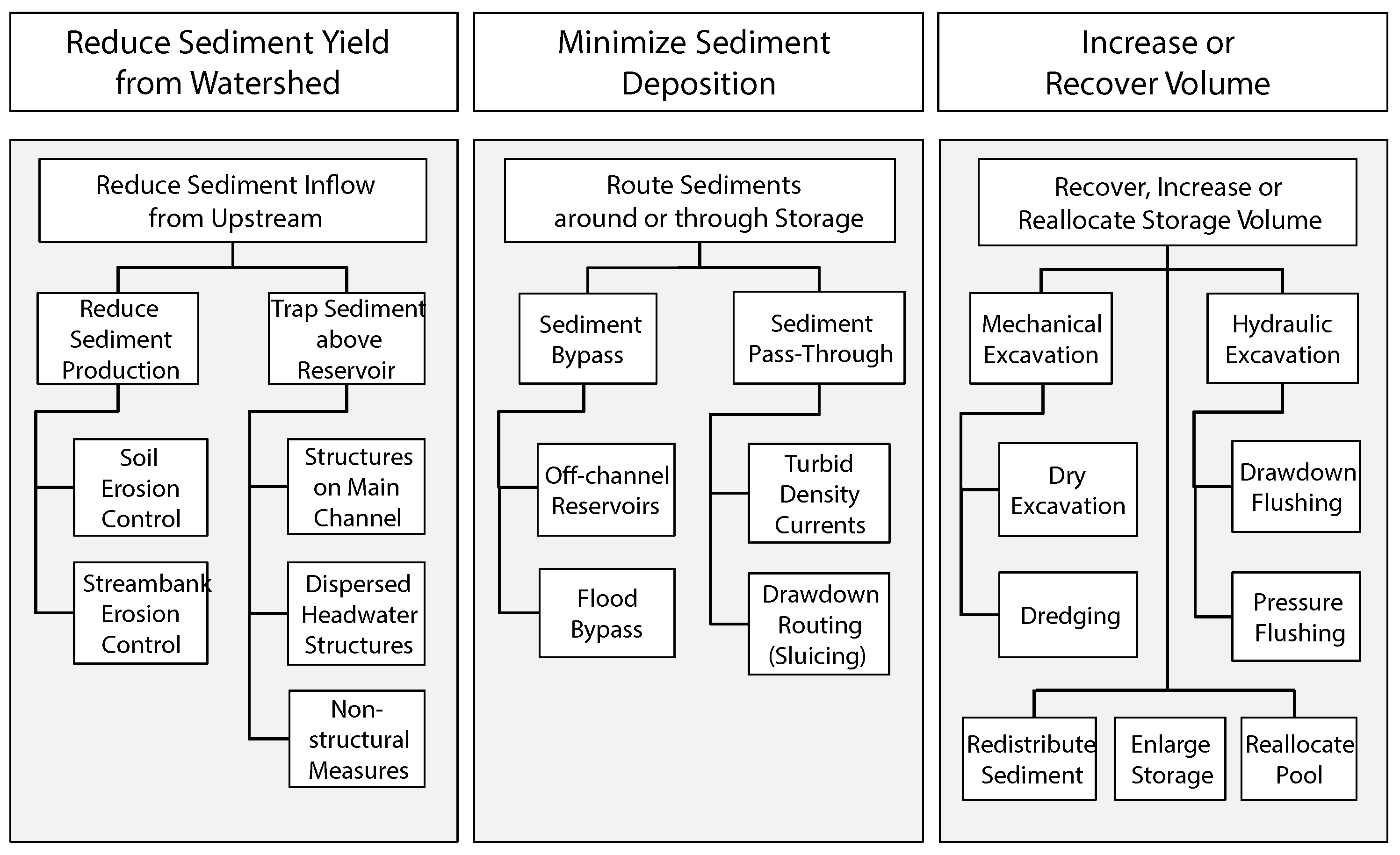
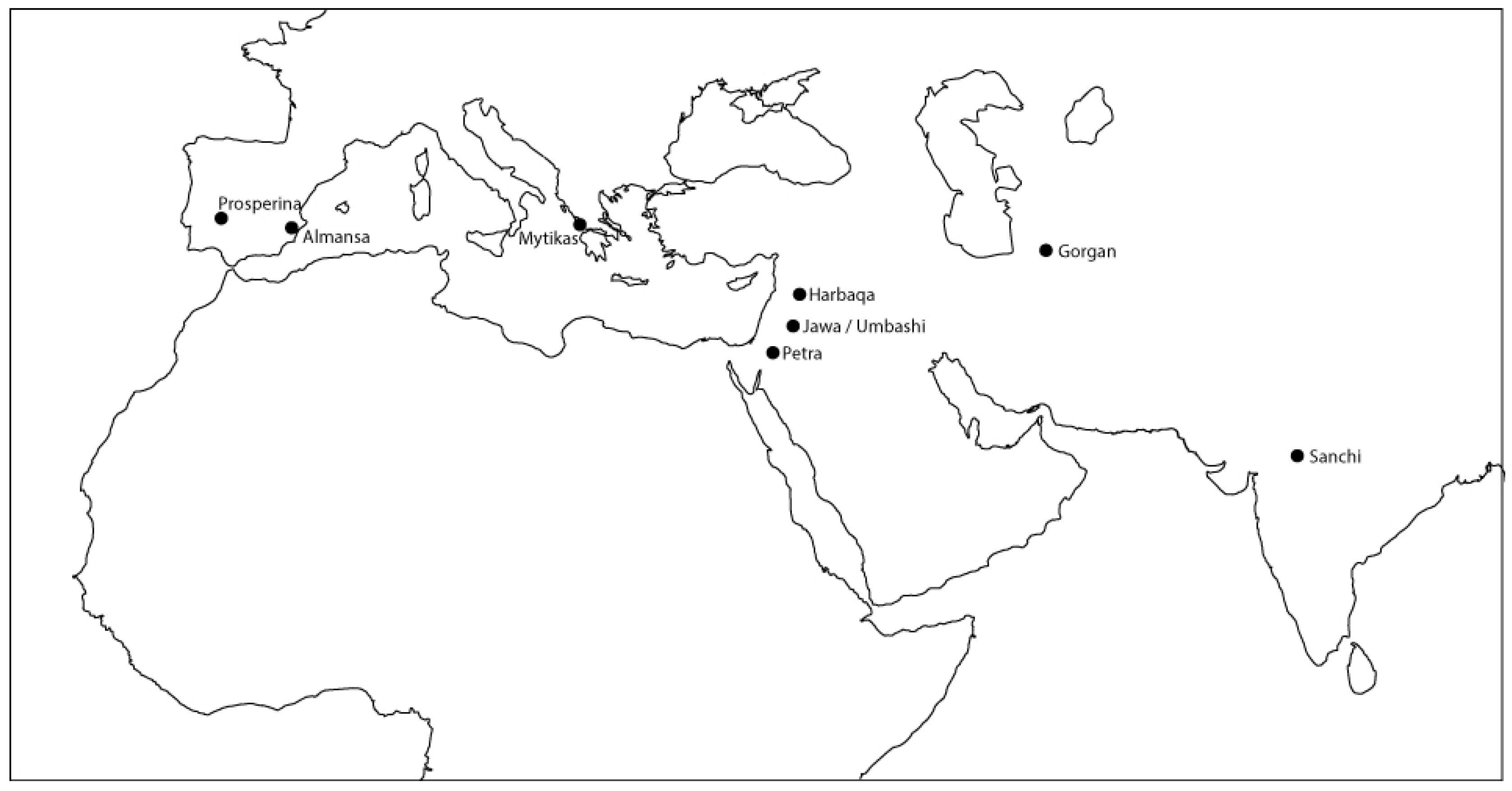
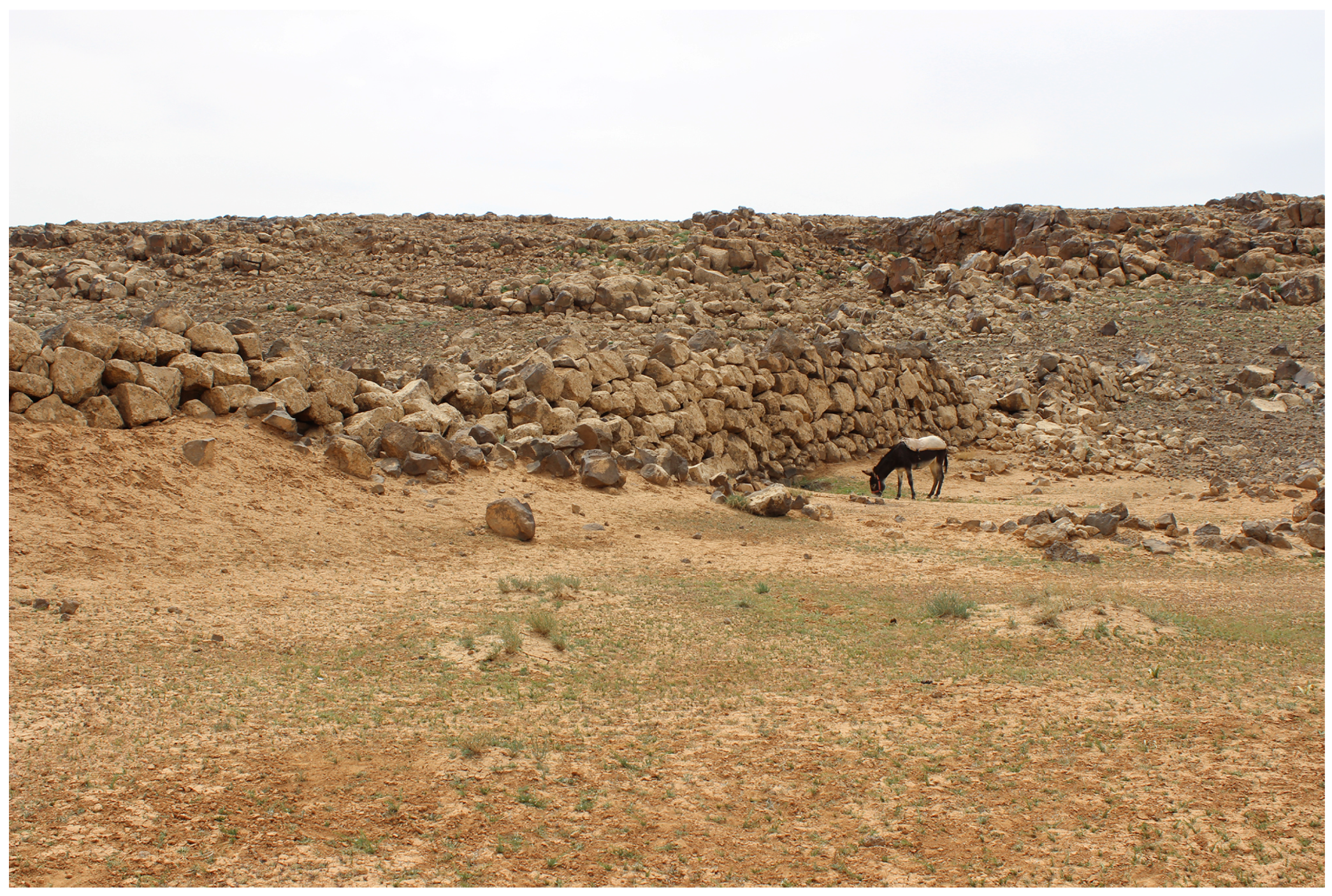
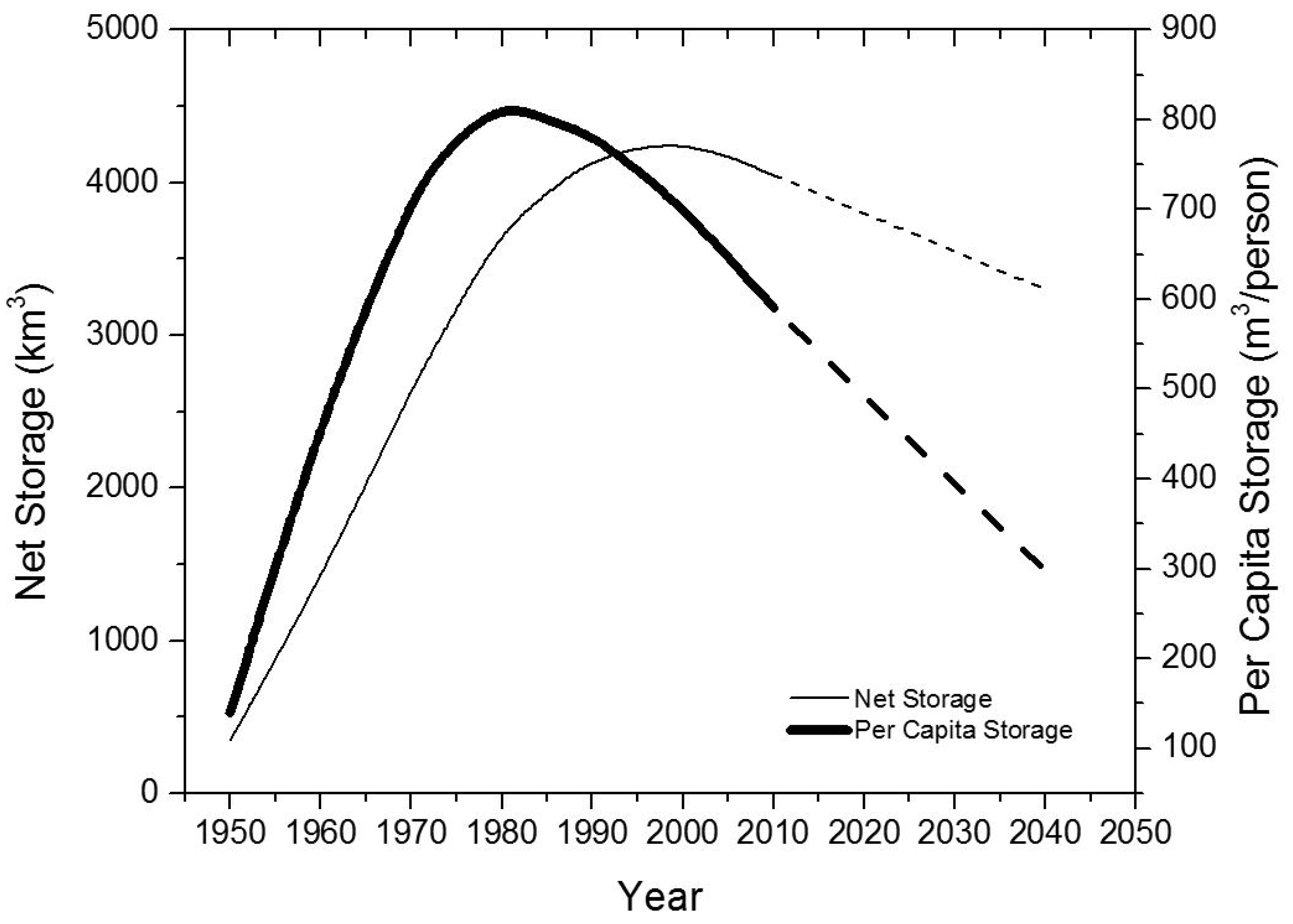
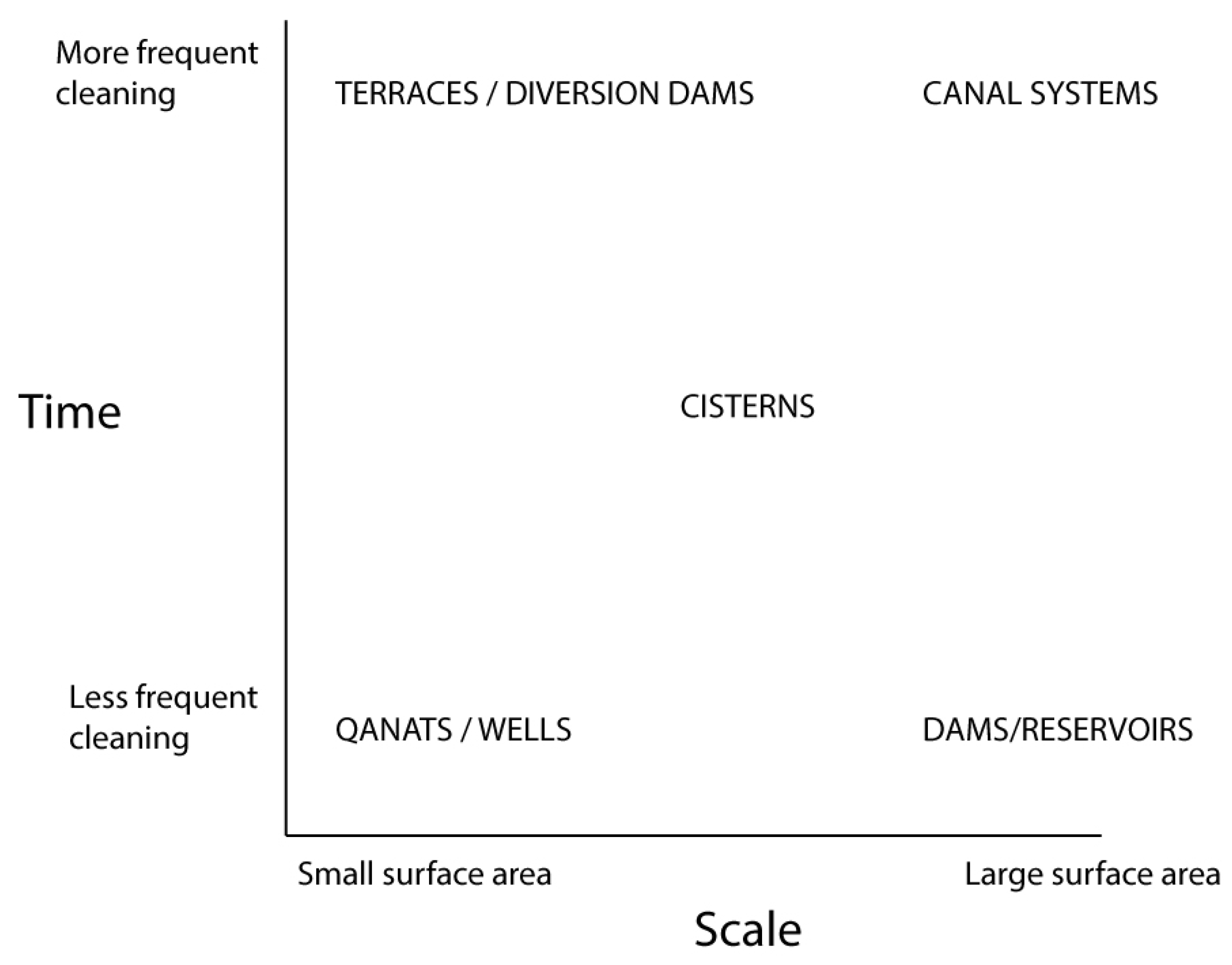
© 2018 by the authors. Licensee MDPI, Basel, Switzerland. This article is an open access article distributed under the terms and conditions of the Creative Commons Attribution (CC BY) license (http://creativecommons.org/licenses/by/4.0/).
Share and Cite
Kondolf, G.M.; Farahani, A. Sustainably Managing Reservoir Storage: Ancient Roots of a Modern Challenge. Water 2018, 10, 117. https://doi.org/10.3390/w10020117
Kondolf GM, Farahani A. Sustainably Managing Reservoir Storage: Ancient Roots of a Modern Challenge. Water. 2018; 10(2):117. https://doi.org/10.3390/w10020117
Chicago/Turabian StyleKondolf, G. Mathias, and Alan Farahani. 2018. "Sustainably Managing Reservoir Storage: Ancient Roots of a Modern Challenge" Water 10, no. 2: 117. https://doi.org/10.3390/w10020117




